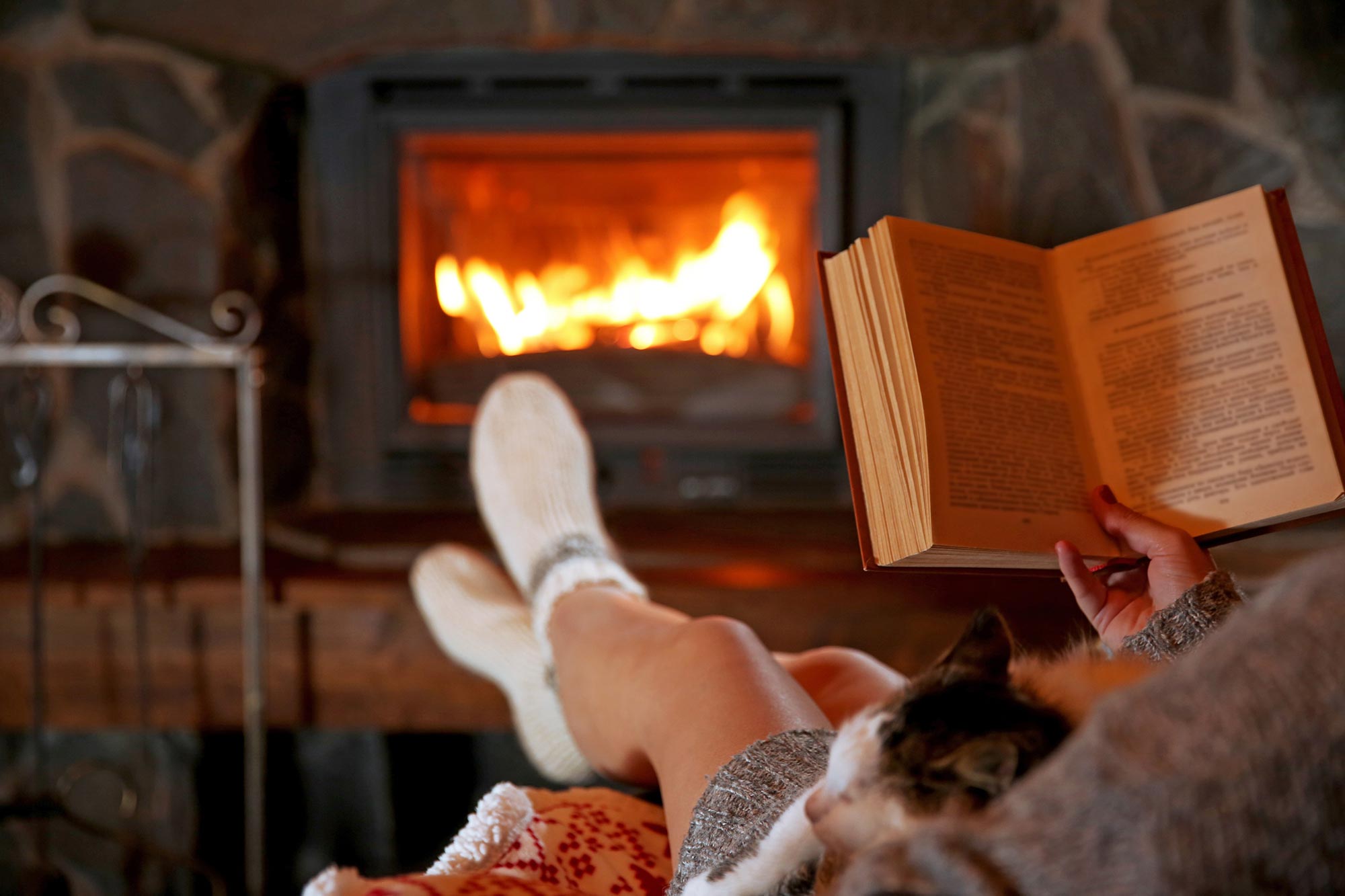Researchers found that indoor fireplaces can significantly degrade air quality by emitting particles above WHO limits, impacting health. Data shows prolonged exposure in homes, particularly with open fireplaces, necessitating further research and public awareness on safer practices.
A study by Stellenbosch University reveals that using indoor fireplaces releases harmful particles into the air, exceeding WHO recommended limits, posing serious health risks.
These particles can remain elevated in the air long after the fireplace has been used, especially in homes with open fireplaces. The research suggests a need for greater awareness and future studies to explore interventions that could improve indoor air quality.
Indoor Fireplace Health Risks
During the cold winter months, it is nice to light an indoor fireplace for extra warmth or to have the occasional ‘braai’ (South African term for barbeque). The downside is that you may be inhaling tiny solid or liquid substances that could be harmful to your health.
In a new study published in Energy Research & Social Science, a group of researchers from the Faculty of Engineering at Stellenbosch University (SU) found that using an indoor fireplace can result in the release of harmful particles that can be dispersed in the air and cause health problems when inhaled. Some particles can settle in the lungs, while others can even enter the bloodstream.
The researchers point out that various studies have raised concern about poor indoor air quality in informal settlements, where fires are made indoors as a necessary measure for heating. However, its impact in formal housing, where fireplaces and indoor braais are commonly used as amenities, has not been investigated.
Researcher Rita van der Walt talking about the research. Credit: Stellenbosch University
Health Implications of Poor Air Quality
“Our results show that the levels of harmful substances released during indoor fireplace use exceeded the recommended guidelines and standards of the World Health Organization (WHO). The WHO recommends prolonged exposure to these small particles for no more than three days in a year,” says PhD candidate Rita van der Walt from the Department of Electrical and Electronic Engineering at SU.
“Prolonged exposure (months to years) to finer substances has been associated with early deaths, particularly among individuals with chronic heart or lung conditions, and stunted lung function growth in children,” adds van der Walt, who conducted the study with her supervisors and colleagues from her department and the Department of Industrial Engineering.
Research Methodology and Data Collection
They looked at the air quality in a few houses that use open and closed indoor fireplaces during winter. “It is imperative to consider the effect of particles, released from an indoor fireplace, on the indoor air quality and the potential health risks associated.”
To collect air-quality data, they used sensing devices to measure and record the concentration of tiny particles in the air every 11 minutes – a total of 130 times daily. These sensing devices were placed on counters or tables near the fireplace.
“Our results suggest that the 24-hour average concentration of tiny particles often exceeds the WHO’s recommended limit of 15 micrograms per cubic meter (a space that is one meter long, one meter wide, and one meter tall). Fifteen micrograms is very tiny and lightweight. If you were to split a grain of table salt into four equal parts, one part would weigh 15 micrograms.
Comparative Analysis of Fireplace Types
“The daily average exposure to these particles showed that, in all households measured, particle levels remained above the recommended limit for a long time after fireplace use. The results indicated periods ranging from slightly less than an hour to more than three hours of high exposure.
“The concentrations of these substances are only marginally higher for open fireplaces than enclosed ones.”
“However, when we compared the average levels of small particles between open and enclosed fireplaces, we found much higher and more unusual readings in homes with open fireplaces,” add the researchers.
Impact and Future Research Directions
During the study, they shared their findings with one of the households. “After sharing the preliminary measurements with one of the households that had an open fireplace, they immediately stopped making indoor fires. This resulted in a substantial reduction in the particulate concentrations and peak measurements.
“As many South Africans may not know about the health risks associated with using indoor fireplaces, these results might inform households on fireplaces and indoor air quality. Hopefully, this would reduce the number of indoor fires or get people to stop making them.”
Conclusion and Next Steps
The researchers say that even though this was an exploratory study, it delivered valuable results laying the groundwork for a larger future study with more households. These households may include lower-income housing, where indoor fire-making becomes necessary for heating in winter, posing a potential public health concern.
They add that future work may also include conducting interventionist experiments that could involve making indoor air quality monitoring data available to households, potentially leading to proactive changes in behavior and indoor environmental practices.
Reference: “Lifting the unseen smokescreen on indoor air quality due to amenity indoor fireplaces in South African homes” by R.E. van der Walt, R. Jacobs, S.S. Grobbelaar and M.J. Booysen, 27 May 2024, Energy Research & Social Science.
DOI: 10.1016/j.erss.2024.103597





















Discussion about this post